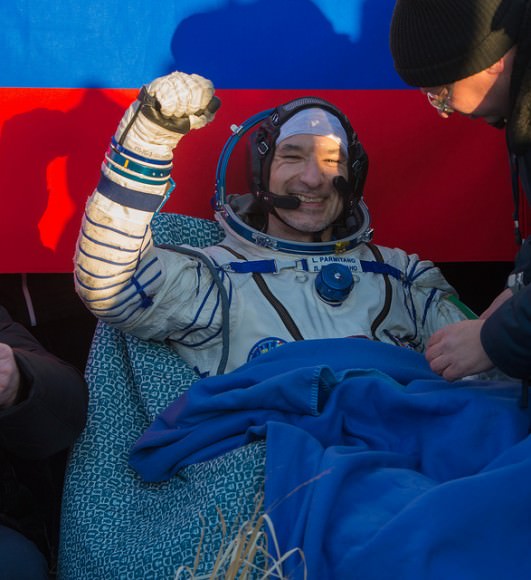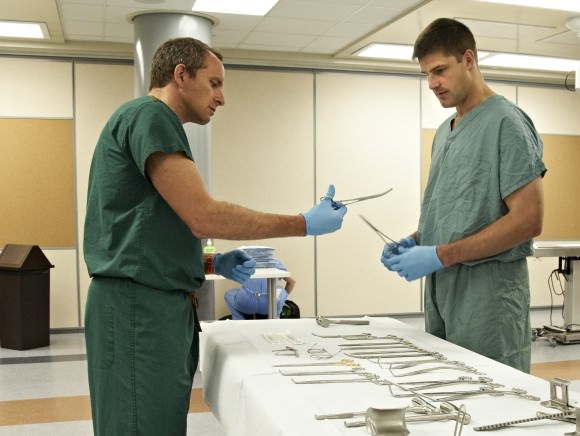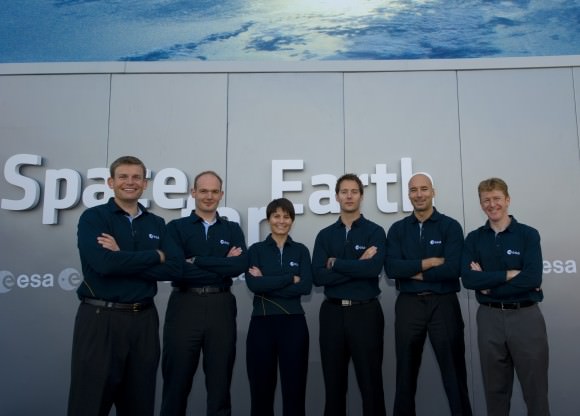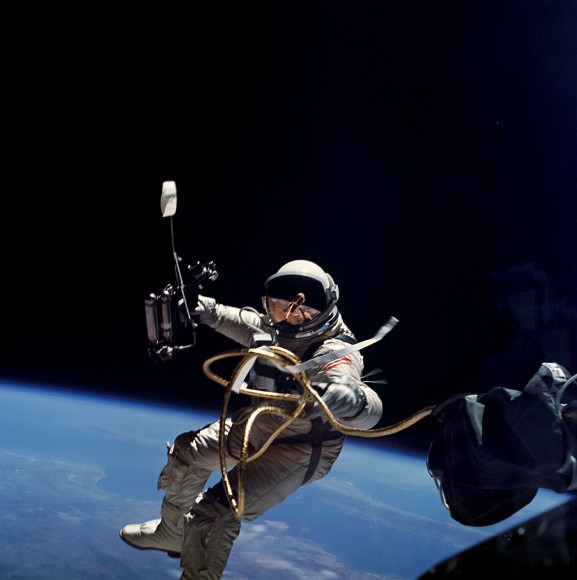Talk about a high-flying career! Being a government astronaut means you have the chance to go into space and take part in some neat projects — such as going on spacewalks, moving robotic arms and doing science that researches the nature of the human body.
Behind the glamor and the giddiness of flight, however, astronauts also need to pay their bills on Earth. How much you get paid as an astronaut depends on what agency you work for – as well as your experience, just like any other career.
The information below for NASA, the European Space Agency (ESA) and the Canadian Space Agency (CSA) is current as of April 2014, unless otherwise noted. Three agencies do not disclose salary scales online, at least in English pages: the Japan Aerospace Exploration Agency (JAXA), the Russian Federal Space Agency (Roscosmos) and the China National Space Administration (CNSA).
NASA

NASA has 43 active astronauts and eight astronauts-in-training who were selected in 2013. Until basic training is completed, which takes about two years, selectees are called “astronaut candidates”. (Astronauts from other agencies, such as ESA and CSA, often join NASA selectees for basic training.) Then even after they’re selected, it could be years more before they take a spaceflight.
Some astronauts are hired as civilian employees while others come over from the military. Civilian astronauts are paid according to a government scale that ranges from classifications GS-11 to GS-14.
In 2012, employees living in Houston (where astronaut training facilities are located) make a minimum of $64,724 for a GS-11 to a maximum of $141,715 for a GS-14. As employees pick up more qualifications, responsibility and experience, their salaries increase.
Military salaries were not disclosed, but NASA said those employees from the armed forces “remain in an active duty status for pay, benefits, leave, and other similar military matters.”
European Space Agency

ESA’s most recent astronaut class was selected in 2009. They have all either flown in space, or have been assigned to future missions aboard the International Space Station. Astronauts are paid between the A2 and A4 scales set by the Coordinated Organisations, a group of European intergovernmental groups.
“Upon entering the ESA Astronaut Corps, new recruits will generally be paid at the A2 level. Following the successful completion of the basic astronaut training, the recruit will be paid in accordance with the grade A3. The promotion to the grade A4 generally follows after the first spaceflight,” the European Space Agency stated.
While ESA’s website does not specify the salaries for astronauts beyond the grade, another Coordinated Organisation – called the North Atlantic Treaty Organisation – lists the annual A2 salary as 58,848 Euros ($81,404) and the A4 salary as 84,372 Euros ($116,619.)
Canadian Space Agency

Canada has two active astronauts, neither of which have been assigned to a spaceflight yet. The CSA does not disclose on its website how much astronauts make, but some information is available on the website of the Privy Council Office – an advisory group to Canada’s prime minister and senior officials.
Documents indicate civilian astronauts are paid according to an Astronaut Salary Scale, ranging from Grade 1 to Grade 3.
As of 2011, astronauts are paid a minimum of $89,100 Canadian ($80,897) in Grade 1 and a maximum of $174,000 Canadian ($158,470) in Grade 3. Newly minted astronaut candidates appear to move to Level 2 upon completing basic astronaut training, which takes two years, and then increase their salary with more experience.
Military astronauts are paid according to a separate scale that was not disclosed in PCO documents.
Becoming a government astronaut

Generally, you must be the citizen of a particular country with a space program to apply as an astronaut. U.S. astronauts are U.S. citizens, European astronauts are citizens of European countries, and so forth.
Each space agency has periodic astronaut selections where they put out a call for candidates and then winnow down the list to a handful of people selected for astronaut training. The United States had its last selection in 2013, and ESA, CSA and JAXA did theirs in 2009.
While space agencies are careful not to specify certain kinds of degrees or universities for applicants, generally speaking astronauts have technical, medical or military backgrounds.
Astronauts are best known by the public for their time in space, but in reality they will spend most of their careers on the ground. International Space Station astronauts are expected to be proficient in station systems, science and spacewalks. They also must learn how to operate the Soyuz spacecraft that gets them into space, and to learn Russian since that country is a major partner of the International Space Station.
When astronauts aren’t training, they’re working to support other missions — sometimes in locations such as NASA’s Mission Control or in pools used for spacewalk training. They additionally spend hours of time doing outreach for schools and other audiences, and travelling all over the world to the various training centers used to get people ready for spaceflight.
It’s a tough career, but those who make the trek into space say the view is totally worth it.

Want to learn more?
The following pages give you more information on becoming an astronaut, and what to expect once you get selected.
NASA
Astronauts
Astronaut Selection and Training
Astronaut Biographies
CSA
Canadian Astronauts
Becoming An Astronaut
Active Astronauts
Former Astronauts
ESA
Astronauts
How To Become An Astronaut
European Astronaut Biographies
JAXA


I would do it for free. Just for the chance to go into space.
I’m sure most astronauts agree with you.